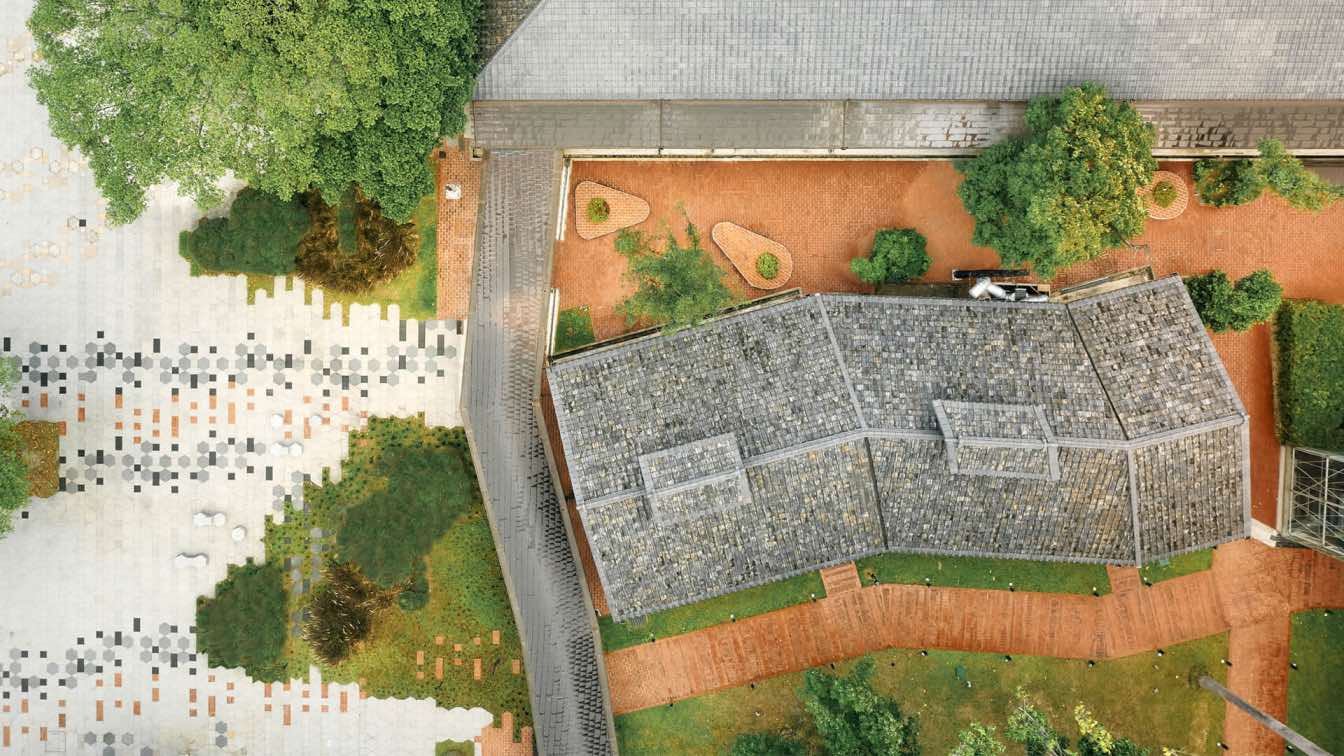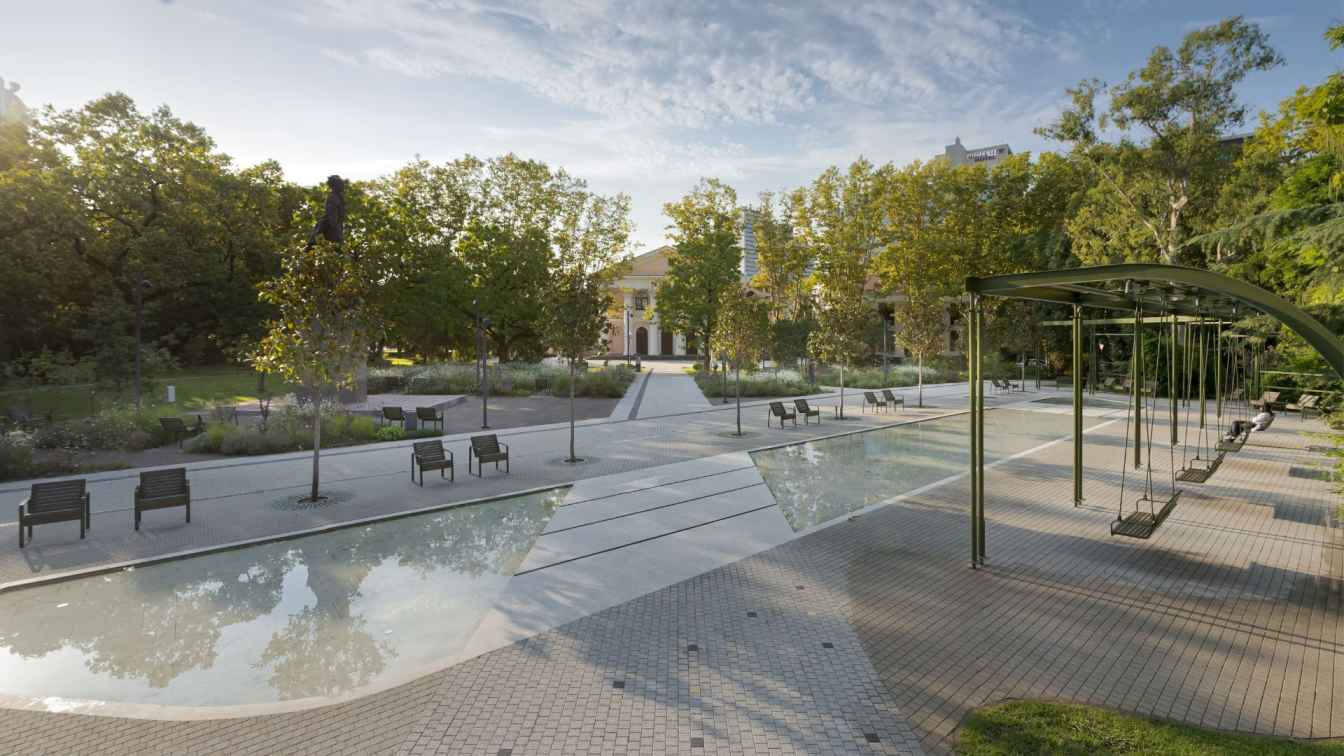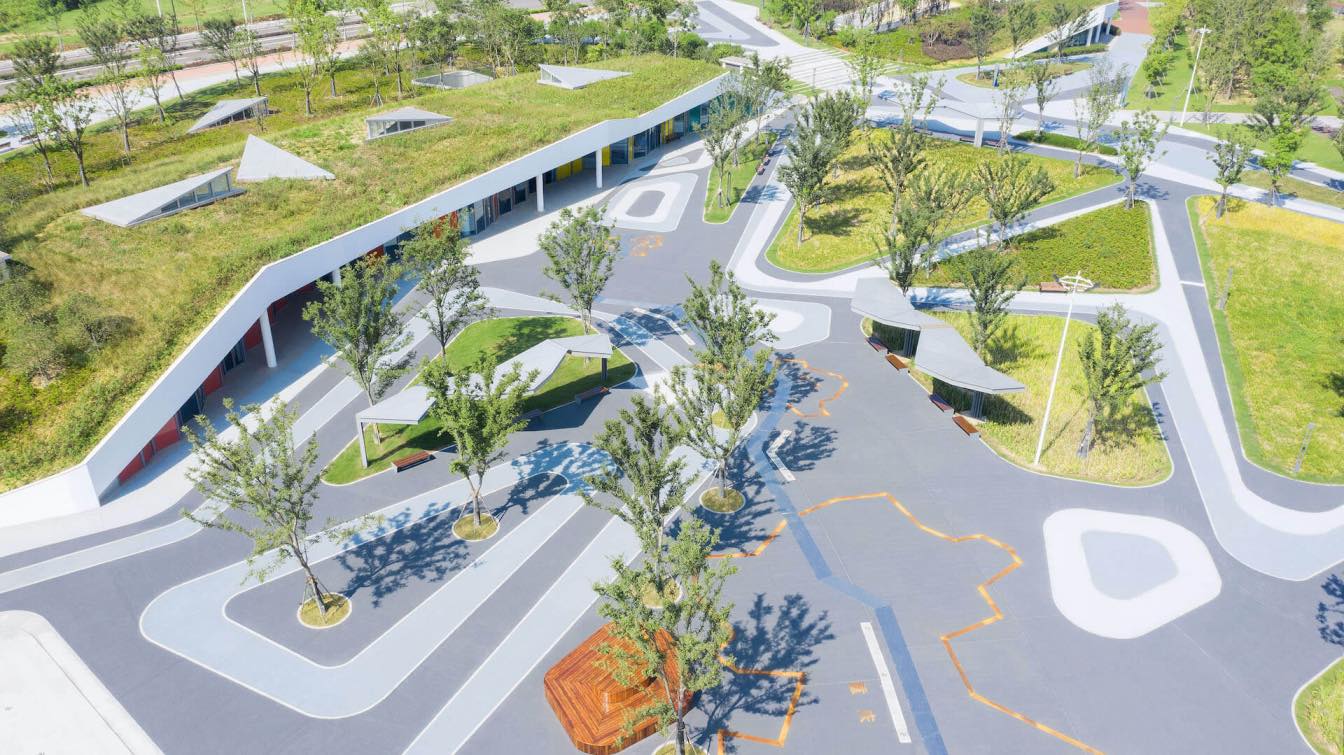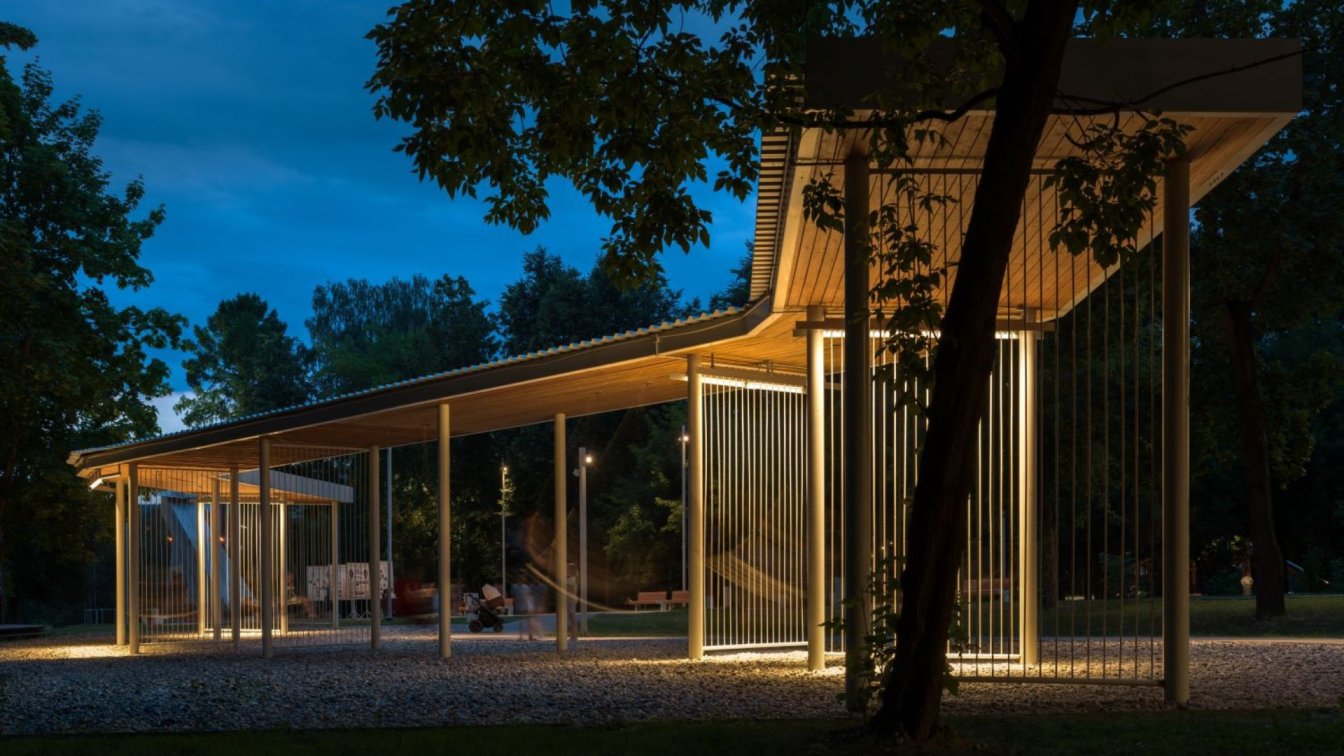XRANGE Architects: This Rail Museum site carries 130 years of Taiwan’s urban transformation. Started as a munitions factory where the first railway originated during the Ching dynasty, the site is now a Rail Museum Park adjacent to Taipei Main Station, the main transportation hub for both the city and northern Taiwan. With six buildings on site designated as national historical monuments in the heart of modern Taipei, this Rail Museum Park is a focal point in the Taipei New Gateway masterplan.
Over the past century, there had been many “stages” of the site, survived only by rudimentary maps and records. A rail service site, constructions on the compound were mostly done by the Japanese in utilitarian and haphazard ways. Buildings were tightly packed and only very roughly aligned. Some even use the Ching Dynasty munitions factory wall as exterior walls, cutting windows out of the 60cm thick rubble compound wall. Aside from being the century rail hub, the Rail Museum park’s insouciant past of politics, war, industry, and urban growth is what draws historians, rail fanatics, and citizens to its storied ground. Instead of just preserving the 9 surviving buildings as showcases, the landscape design concept envisions past transformations on the site as historical knowledge, as urban traces that should be revealed as public landscapes.
 image © Studio Millspace
image © Studio Millspace
To reconstruct exact archaeological displays here is meaningless and impossible as recent subway constructionshadpermanentlydugouthistoricalremainstomakewayfortraintunnelsunderthesite. On the other hand, there exist no precise information from which to reconstruct. Our “blurred” and “gradient fade fuzzy edges” landscape design language becomes a strategy for approximate places as far as they were known without claiming absolute positions.
Traces of past buildings, canopies and rail tracks are represented as fuzzy imprints on the museum grounds, their period and type of construction color coded by different granites. Their overlaps and collisions tell the stories of over a century of growth and transformation here.

































